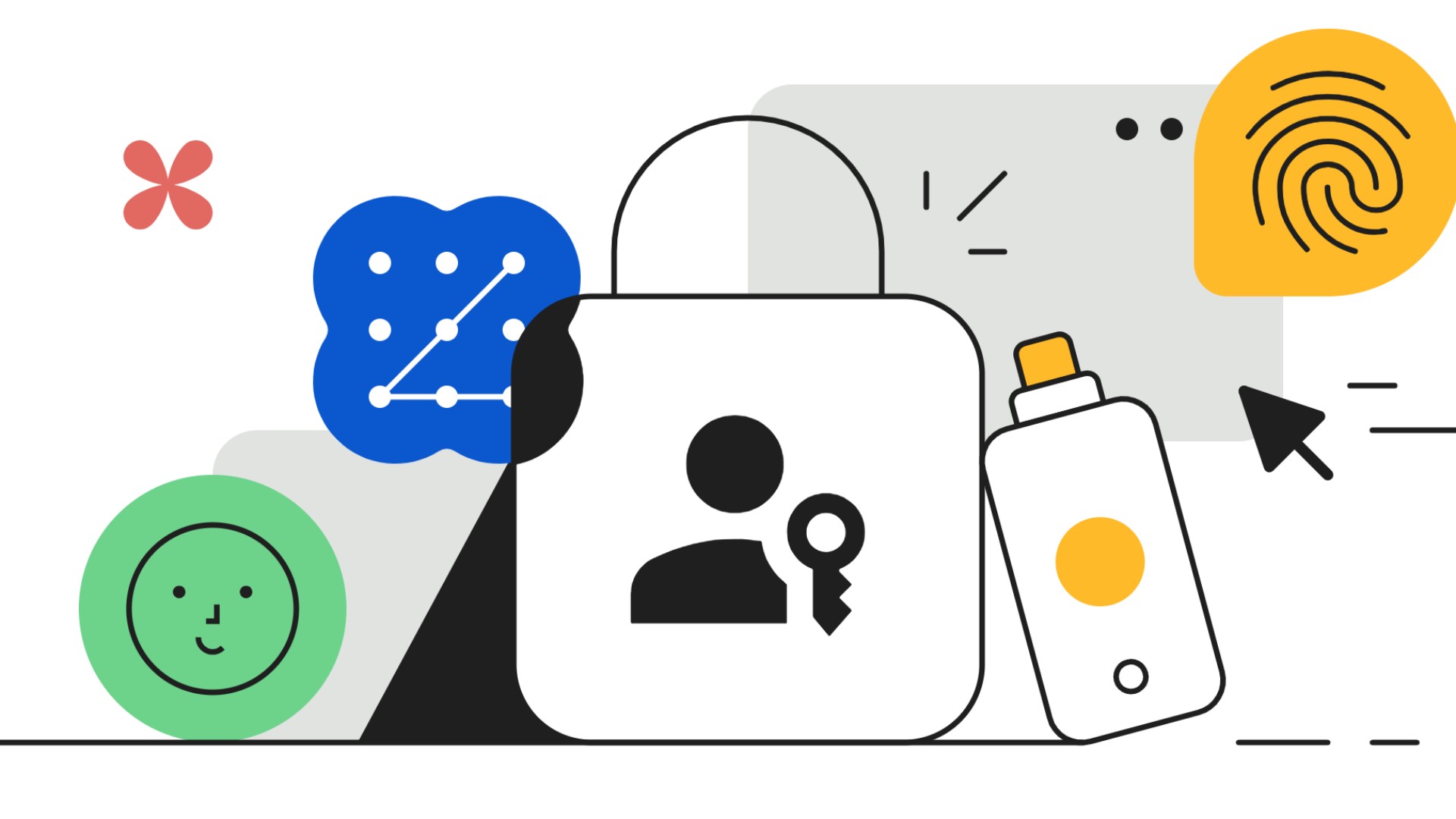Security
Philippines, India among top 10 countries still affected by ransomware
As reported by Google

Despite how efficient antivirus software is nowadays, malware is still a persistent problem for users all over the world. And, even worse, each month can bring its own different flavor of malware. To show this troubling trend, Google has released a global report about the state of ransomware as of today.
The Google report took samples from more than 140 different countries and from more than 130 different ransomware families. Unfortunately, some countries are much more affected than others. As of the report’s publishing, the top ten countries most affected by ransomware are: Israel, South Korea, Vietnam, China, Singapore, India, Kazakhstan, the Philippines, Iran, and the United Kingdom.
In terms of a timeline, ransomware was most prevalent in the early months of 2020, peaking between January to May. The peaks coincide with the world’s drastic transition to work-from-home setups. More devices can potentially mean more attacks.
Even more telling, the attacks aren’t all from new families. Some are different strains of the same families. If anything, the prevalence of 2020’s most notorious ransomware family Gandcrab is already dwindling, making way for a new family this year called Babuk. Most strains now don’t just demand for money. Rather, they threaten to leak sensitive info if the ransom isn’t paid.
More technically, the most common way to distribute the malware is through executable files (or .exe) which take up around 93 percent of the samples. The next closest methods — each taking up only 2 percent each — are through .ddl files and Android-based methods.
Unfortunately, the report shows that the world is still lacking in cybersecurity measures. A lot of people are still affected by malware every day.
In response to the situation, Google has promised that its ongoing products, including the cloud-based Chrome OS, will focus on security for its users against the current array of ransomware families and strains.
SEE ALSO: Cybersecurity updates for Google Chrome


Finding new vulnerabilities is part and parcel of a device’s lifecycle. Cybersecurity firms discover new holes in a device’s security regularly. Thankfully, a firm’s discovery quickly leads to a patch from the affected brand. A newly discovered one, however, is defying common practices. Apple has recently uncovered a hardware vulnerability that’s impossible to patch.
Recently, a team of researchers sprinkled throughout the United States brought the vulnerability to everyone’s attention. The potential exploit is present in Apple’s M-series, a recent lineup of chipsets for newer Macs.
The vulnerability works by exploiting a feature that complements the chipset’s memory called the data memory-dependent prefetcher (or DMP). The DMP can predict where a piece of code is based on previous behavior. It reduces the chipset’s latency, ensuring better performance.
Now, the exploit, which the researchers have named GoFetch, disguises itself as a “pointer,” which tells the DMP which data to fetch. GoFetch can effectively point at data it wants to steal, and the feature will hand the data over willingly.
In more practical terms, malicious parties can hide this exploit inside innocent-seeming apps. Though the exploit still needs a significant amount of time to work, it’s not impossible to trick users into having an illicit app open for an extended length of time.
The other catch is how impossible it is to patch. Because the exploit is a hardware-based vulnerability, Apple cannot patch it out without re-engineering the silicon. There are software-based patches; however, doing so will reportedly compromise the performance of the chipset. The team is still researching for the effects of other software patches.
At this point, the only way to protect against the vulnerability is the same piece of advice for all hacks: Be careful of what you install.
SEE ALSO: Apple M3 MacBook Air Review

According to Google, Filipino netizens had a higher interest in cybersecurity last year.
The Philippines ranked among the top in the world in keyword searches for the following terms:
- malinformation
- cybercrime
- phishing
- malware
- fraud
- scam
- one-time password
- password strength
The word “fraud” particularly reached a 13-year high in search volume. Meanwhile, searches for “scam” increased by 40% from 2022.
These keyword search trends are a reflection of the Filipino netizen’s better interest in internet safety practices.
To help more Filipinos maintain safe browsing online, here are eight tips from Google.
Install the latest OS, updates
Turn on auto-updates on your device and web browser. Don’t ignore warnings or notifications. It’s also crucial to run the latest updates for security enhancements and protection against new threats.
For Android device users, Google Play Protect should be automatically turned on to provide protection against malicious apps and more.
Use password manager
Google’s Password Manager is a free, built-in tool to help users create, store, and manage secure passwords for all accounts.
Aside from the convenience it gives, the service also analyzes saves passwords for weaknesses or if they’ve been exposed for breaches.
Secure accounts with passkeys
Speaking of passwords, Passkeys like fingerprints or face IDs provide an extra layer.
They can keep your accounts safe against phishing since they are stored on your device.
Run regular security checkups
Google Security Checkup is a simple tool within one’s Google Account that reviews and improves their online security.
This helps users identify and fix potential vulnerablities across digital properties from connected devices and third party apps.
Review your data settings
Run a deeper checkup to see whether your apps and accounts are above-board.
Make sure you’re not sharing any data, especially sensitive information. Look through each app and site as well to see if you agree with their terms and conditions, and settings.
Avoid suspicious links
Take a moment before clicking any online or SMS links. These are usually links that can steal your sensitive information.
If a link does not look legitimate, report them immediately and block the source.
Don’t give in to pressure
Scams and frauds, whether online, over the phone, or in person, rely on pressuring someone or getting them nervous and careless.
When you are rushed to make a decision and it feels unusual, take a moment to stop, think, and assess the situation. If you’re not allowed to pause, something is not right.
Check the facts
Before posting or sharing, verify information first. See if the information is from a trusted source. Using Google Search, check the way it is written or said, who shared it, and other details.

Over the years, Chrome’s Incognito Mode accumulated quite the reputation. For most users, the alternative browsing mode was a quick way to browse dubious websites away from prying eyes. However, the mode isn’t as incognito as the name implies, as evidenced by a lawsuit from years ago. Now, Google has caved in and admitted the shortcomings of Incognito Mode.
Back in 2020, Google faced a lawsuit against the purported security of Chrome’s Incognito Mode. The lawsuit alleges that the private mode still lets websites track a user’s data.
At the time, Google themselves confirmed that websites can do that. Now, almost four years after the lawsuit, the company has agreed to settle the US$ 5 billion lawsuit.
Now, Chrome is adding a new disclaimer (spotted via MSPowerUser) to hopefully keep users from expecting complete privacy while using Incognito Mode. Besides alerting users that the device still saves downloads and bookmarks, the disclaimer that shows up whenever Incognito Mode is opened now also reads: “This won’t change how data is collected by websites you visit and the services they use, including Google.”
Unfortunately, the disclaimer isn’t meant to change how websites process your data. It’s just a way to reduce Google’s liability whenever someone complains about the security of their data.
Now, if you’re looking for a more secure way to browse the internet, other methods will serve your purposes more. For example, VPNs and Tor offer more anonymity online. Some browsers — Brave, for instance — offer those services built into the software already.
SEE ALSO: Google sued for tracking Chrome users in Incognito Mode
-

 Features1 week ago
Features1 week agoFortify your home office or business setup with these devices
-

 Events2 weeks ago
Events2 weeks agoStellar Blade: PlayStation taps cosplayers to play Eve for game’s launch
-

 Gaming2 weeks ago
Gaming2 weeks agoThe Rogue Prince of Persia looks like an ultra-colorful roguelite
-

 Accessories2 weeks ago
Accessories2 weeks agoLogitech unveils G Pro X 60 gaming keyboard: Price, details
-

 Gaming2 weeks ago
Gaming2 weeks agoStar Wars Outlaws release date revealed
-

 Reviews1 week ago
Reviews1 week agorealme 12+ 5G review: One month later
-

 Gaming2 weeks ago
Gaming2 weeks agoLenovo confirms development of a Legion Go 2
-

 Deals2 weeks ago
Deals2 weeks agoTCL P635 TV: Big savings for TCL’s anniversary


















